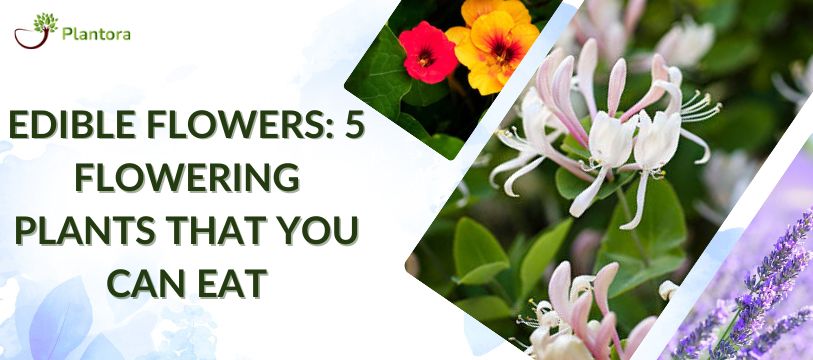Turtle Vine Plant Care: A Comprehensive Guide
The turtle vine plant (Callisia repens) is a stunning trailing plant that is a succulent plant and can brighten up your gardens. Also known as Bolivian Jew, Basket plant, or Creeping Inch plant by many plant lovers, the plant care of these plants is easy.
Turtle vine plants grow up to 4 inches and then start trailing downwards which can reach up to 4 feet. These plants also feature small sweet-scented blooms during late spring to early summer. So let’s take a look at how you can grow these amazing low-maintenance plants at home.
Turtle Vine Plant Care:
Even though these plants are easy to care for, they still require some maintenance to reach their optimal growth.
Soil
Turtle vine plant does best in a well-drained and slightly acidic soil mix. So a soil mix labelled for cacti and succulents is a good idea. Moreover, you can also make your own potting mix with 30% garden soil, 20% river sand, 30% coco-peat, and 20% of any organic compost. Just make sure that the soil is well-draining and there is no water-logging as this can cause root rot.
Water
Even though the turtle vine plant is a succulent, its leaves don’t hold much water which makes it less drought-tolerant. Moreover, these plants are susceptible to root rot so both over and under-watering can damage the plant. So opt for moderate watering to keep the plant healthy. During hot and dry weather misting the plant can help you maintain the required moisture in the soil.
Sunlight
Bright and indirect sunlight is the preferred choice for a turtle vine plant. Low light can halt the plant's growth while direct sunlight can scorch the leaves. You can either use a grow light for these plants or keep them under 4 to 5 hours of indirect sunlight preferably morning light which is not harmful.
Fertilizers
Turtle vine plant is not a heavy feeder and would thrive with minimal fertilizing. Therefore, you can use a balanced fertilizer suitable for indoor plants and feed the plant from spring to fall season. Avoid fertilizing in the winter as the plant undergoes a dormancy period.
Pruning
Turtle vine plants don’t require irregular pruning but doing so can keep large plants in shape. Pruning these plants is easy and all you need to gather is a sharp knife or pruning shears and sanitize them before starting. Now cut off sections of stem but make sure not to cut more than one-third of plant tissue at a time. The best time to prune these plants is during the early spring when they are growing actively.
Common Pest and Diseases
Common indoor pests such as mealy bugs, aphids, spider mites, snails, and scales can affect the growth and health of these plants. To get rid of these pests you can spray the plant with neem oil or handpick pests such as snails.
Moreover, the turtle vine plant is also susceptible to plant diseases such as root rot, powdery mildew, and many others. Prune away the dead or diseased parts of the plant and avoid over-watering and watering the leaves to prevent these diseases.
FAQs
How Fast Does A Turtle Vine Plant Grow?
These plants are quick-growing and can grow over a foot per year.
Are Turtle Vine Plants Toxic?
Yes, these are not pet-safe plants so you need to keep an eye on them around these plants.
How Can I Propagate My Turtle Vine Plant?
Propagating these plants is easy: just cut 2 to 3 inches long sections of your turtle vine plant and plant them in a well-draining potting mix.
Conclusion
Turtle vine plant care is easy and can be done by beginners, therefore, these plants are a favorite choice as an indoor plant. Turtle vine plants create a beautiful display with their cascading foliage. Moreover, their striking and scented blooms catch everyone’s attention easily.
These plants are easy to grow but can be difficult for someone with no prior experience and knowledge. And to help you achieve that we bring Plantora-The Best Plant Care and Identification App. This free-to-use app provides many features such as plant care guides, plant identification, personalized reminders, plant disease diagnosis, and many more. So, make sure to download this app today and give it a try. The Plantora app is available for both Android and IOS.

Comments
Post a Comment